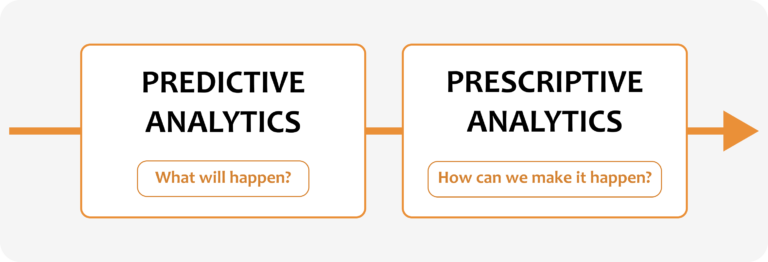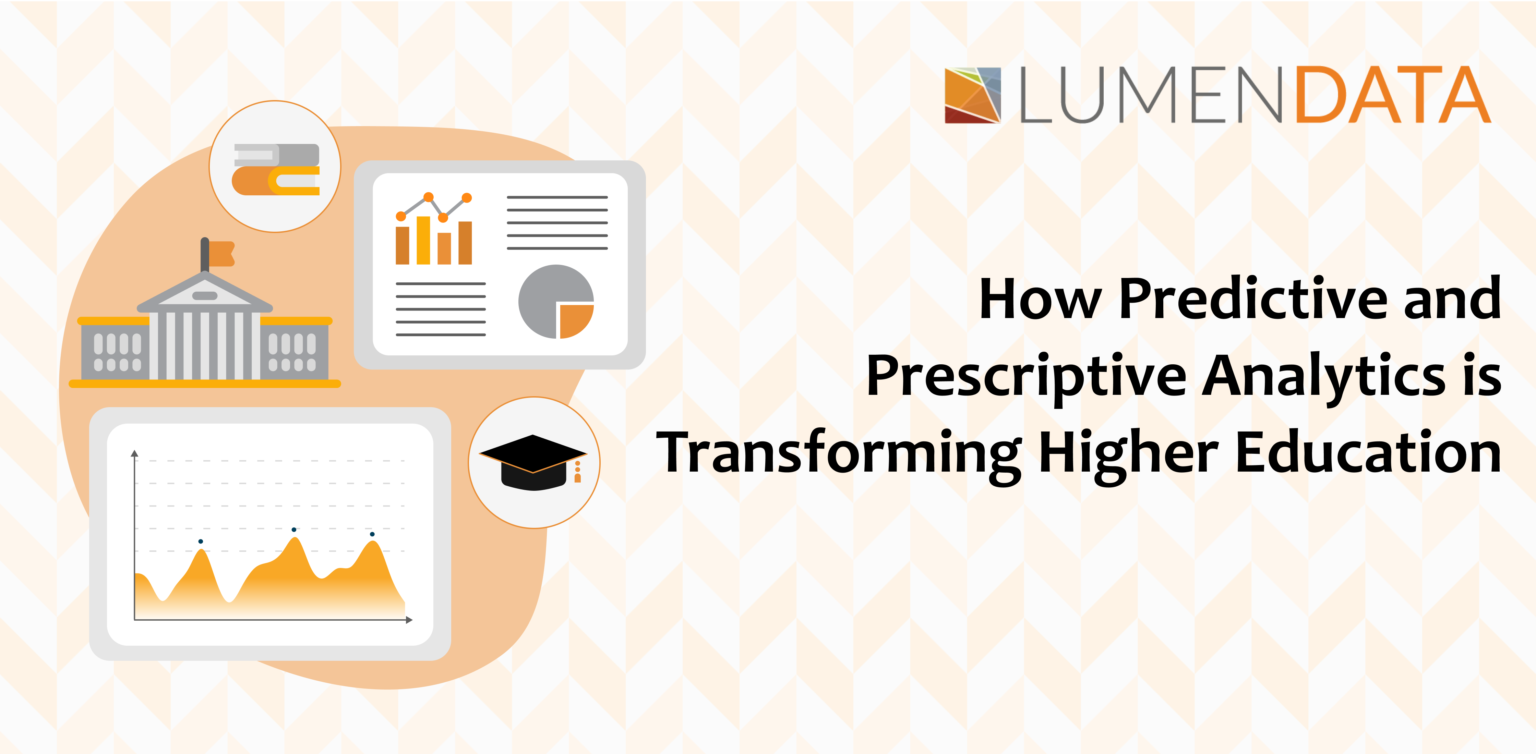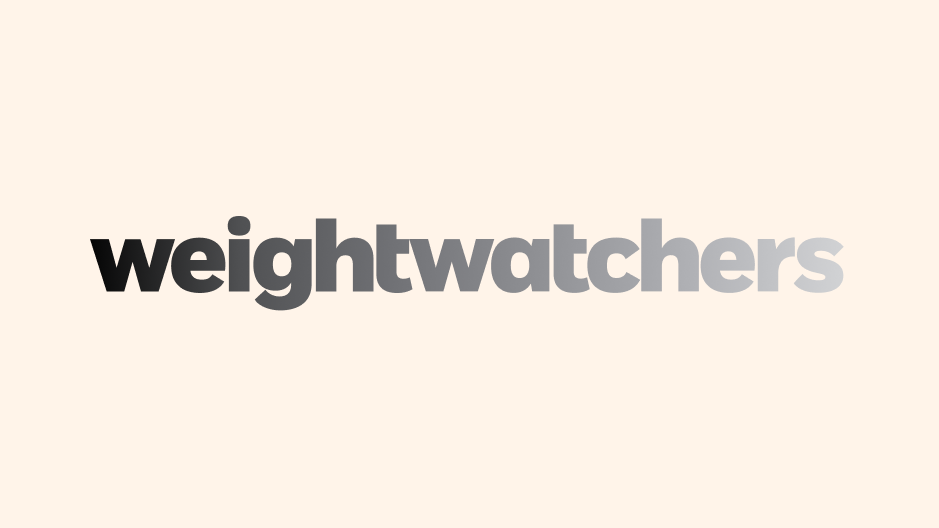Data is fueling real-time business transformation across industries, higher education being one of them. Educational institutions are embracing data analytics to modernize business models and enhance student experiences. Predictive and prescriptive analytics are some of the top types of data analytics that help academic institutions optimize learning outcomes.
This blog shall cover all the critical advantages of performing prescriptive and predictive analytics in higher education.
Predictive and prescriptive analytics – What do they mean?
Before we dig into the benefits of predictive and prescriptive analytics, let’s have a quick look at their definitions.
Predictive analytics
It is a branch of advanced analytics that uses data, statistical algorithms, and modeling techniques to predict future business outcomes. Predictive analytics in education enables you to make accurate and actionable predictions and drive better decision-making in post-covid uncertainty. As per research, the global predictive analytics market size is expected to reach USD 28.1 billion by 2026, at a CAGR of 21.7%.
Thanks to powerful innovations like artificial intelligence and machine learning, predictive analytics has become impactful more than ever.
Here are some types of predictive analytics models:
a) Classification model
This model tends to categorize information based on historical data. The classification model helps you answer ‘yes’ or ‘no’ questions based on broad data analysis. For example, educational institutions can leverage the classification model to answer several questions like:
- Will this student make an admission inquiry again?
- Is it a fraudulent fee transaction?
- Will the applicant choose to apply for the scholarship program?
b) Clustering model
The clustering model is used to target audiences based on their preference. It is mostly carried out to conduct marketing campaigns. The clustering model segregates data into separate groups based on similar attributes. For instance: Higher education institutions can leverage the clustering model to target specific student groups based on their course preference.
c) Time series model
This predictive analytics technique focuses on the change in audience preference over a period of time. The time series model leverages various data inputs at a specific time frequency like daily, weekly, monthly, and others. For example, universities can analyze annual student achievement data to identify at-risk students and monitor progress over time.
Prescriptive analytics
It is an advanced form of data analytics that leverages data to determine an optimal course of action. It enables you to answer questions like – ‘What should be done next?’ or ‘What should be done to achieve this?’ Simply put, prescriptive analysis tends to analyze data and forward instant recommendations on business optimization to suit predicted outcomes. Its market size is expected to reach $ 12.35 billion by 2026.
Prescriptive analytics is characterized by various techniques such as graph analysis, simulation, neural networks, recommendation engines, machine learning, and others. It requires you to focus on actionable insights and the best course of action for the future.
Predictive vs prescriptive analytics

While predictive analytics predicts potential future outcomes, prescriptive analytics presents the right ways to achieve the predicted outcomes. Both predictive and prescriptive analytics help you convert descriptive metrics into actionable insights. Let’s try to understand this with the help of an example. Imagine that after performing predictive analytics, you found out that 65% of applicants are likely to enroll in your university. Now, you can use prescriptive analytics to maximize this possibility. You can create an innovative marketing program to optimize enrollments.
With modern data science techniques, higher education systems can implement both prescriptive and predictive analytics to determine how students and marketing campaigns are performing.
Advantages of predictive analytics in higher education
Nowadays, it is essential for businesses to focus on increasing the success rates for student graduations and ensuring student retention. Here is exactly where predictive analytics comes into play. It helps you identify which students are most likely to graduate based on their past academic records. With predictive analytics, it becomes easier to track learning gaps and customize academic curriculums as per students’ learning capabilities.
Here are some benefits of performing predictive analytics:
1) Higher enrollments
If you’re looking to increase your enrollment rates, predictive analytics has got your back. You can use it to analyze various data points involving metrics such as test scores, GPA, course interests, and much more. With enterprise data systems, academic institutions can make data-driven predictions as to which students show the highest likelihood of enrolling in the institution.
2) Enhanced student retention
Research suggests that the US experiences 40% college dropout rate every year. In fact, the percentage of students graduating after four years without delay is only 41%. Predictive analysis helps academic institutions drive student retention. It makes it easier to track changes in student performance and enables academic staff and professionals to intervene at the right time. You can assess a student’s risk level and provide them with the resources that they need to succeed. Such specified outreach efforts can prevent students from dropping out before graduation.
3) Better student advising
Predictive analysis helps track students with short attendance. This, in turn, enables teachers and concerned academic staff to reach out to students on time support them. It becomes easier to advise students and help them maintain their standard attendance.
Predictive analysis empowers academic professionals to guide students through informed course selection. It helps prevent students from opting for courses that are not even related to their degree programs.
Importance of prescriptive analytics in higher education
Prescriptive analytics provides you with specific actions to guide you through changing outcomes. For instance, you can conduct prescriptive analytics to help students who are likely to perform poorly during semester tests. You can recommend additional reading material to them and help improve their grades.
Let’s have a look at a few advantages of prescriptive analytics:
1) More effective teaching
Based on historical student data, prescriptive analytics suggests educational resources that can drive better student engagement. It provides you with actionable insights into student understanding and adaptive learning capabilities as per their performance.
2) Real-time recommendations
Prescriptive analytics continuously processes data to prescribe the best solutions. This means that all the staff recommendations are forwarded in real-time and can be leveraged to make more informed academic decisions.
3) Customized student engagement
Prescriptive analytics is crucial for customizing a student’s learning path. It analyzes various data points concerning student behavior and prescribes a customized solution to help students achieve optimal results. For example, prescriptive analytics can help you comprehend if your students are motivated by online workshops or offline training programs.
Drive transformation with LumenData
At LumenData, we understand the relevance of maintaining meaningful relationships with your students and alumni. We help higher education institutions leverage MDM solutions and marketing automation to segment constituents based on student behavior.

LumenData has collaborated with some leading educational institutions including, the University of Colorado, James Madison University, the University of North Carolina at Chapel Hill, the University of Utah, and several others. Connect with us to discuss how we can facilitate data-driven transformation for you.

Shalu Santvana
Content Crafter

Subhodip Pal
Senior Data Scientist

Shalu Santvana
Content Crafter

Subhodip Pal
Senior Data Scientist



